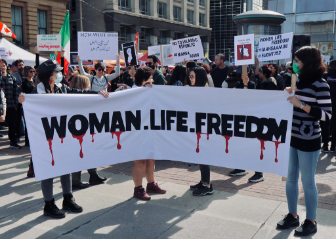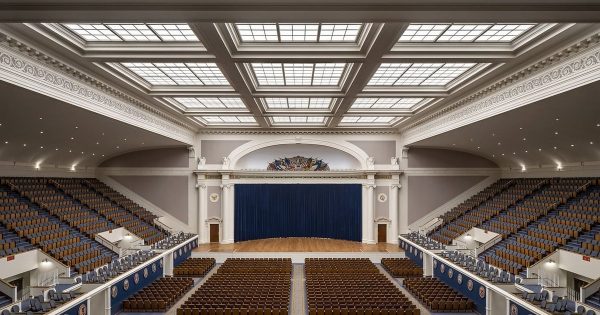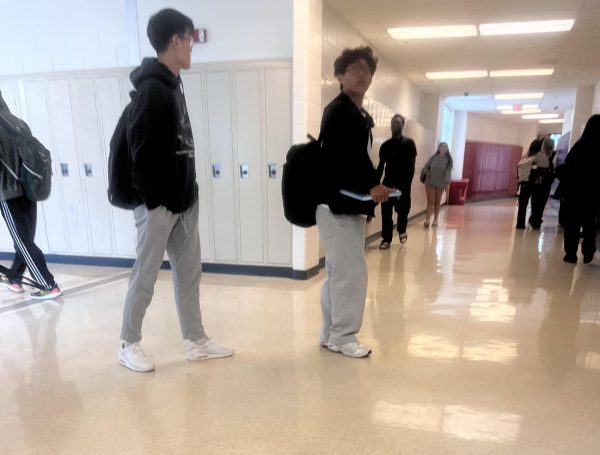Death of Mahsa Amini changed future of women in Iran

Photo used with permission from Google Commons
The death of Mahsa Amini has caused women in Iran to protest against the government, chanting “Woman. Life. Freedom.”
In January 1978, slanderous remarks were made against Khomeini, who was the first leader of the Islamic republic. Civilians went in the streets and protested against the regime. By Sept. 8, the regime imposed martial law where troops went out and killed thousands of people. A year later, Mohammad Reza Shah, the Shah of Iran at the time, fled the country with his family because of violence against his rule. On Apr. 1 Khomeini declared Iran as an Islamic Republic. Iran is run on a supreme leader that dictates all aspects of Iranian life.
Is history repeating itself?
On Sept. 13, 2022, 22-year old Mahsa Amini was arrested by Iran’s morality police for improperly wearing her hijab. This was seen as a violation to Iran’s dress code for women, which requires them to cover their hair regardless of their religious status. According to her family, she was beaten and three days after her arrest she died while still in police custody. After this tragic death, the streets of Iran became flooded by Iranian women who took off their hijab and protested against the government. They chant “Women, Life and Freedom,” or “زن ٫زندگی ٫آزادی.”
Since the protest began, many alarming events have occurred such as civilians getting arrested for protesting against the government, a widespread internet blackout, public hangings, and protesters getting beaten, shot and killed. Police have been using tear gas and bullets to fight against protesters. Over 18,000 people have been detained.
What does this mean for Iranian women?
The protests have led to the formation of activist groups and campaigns to try to change the discriminatory laws and to attempt to make Iranian women equal. This has been a battle since the first Iranian revolution in 1978.
Iranian students here have been affected by the recent events. Sophomore Sam Pourdarvish finds it devastating, considering his family was just in Iran. “It’s very sad as a fellow Iranian to see this happening to our people. My mom and sister were in Iran this summer so I think about how this could’ve happened to them. I hope in the future the government will change their ways regarding women’s rights in Iran and hopefully the government won’t run on religion. I hope that women can have the option to wear a hijab,” Pourdarvish said.
Senior Hope Safai has family members who live in Iran. “The majority of my family lives in Iran and It’s scary to say the least. They rarely have the internet and are unable to contact me due to their social media being blocked by the government. They are suffering, have lost their jobs, and are living in fear, trying to survive day to day,” Safai said.
Junior Zainab Deen is Muslim and feels as though women should have the option to wear a hijab in Iran. “I understand that it’s an Islamic country and women have to wear a hijab but at the same time I feel like women should have an option to pick whether or not they want to. I’m a Muslim and I don’t wear a hijab and that’s my choice. There are women here at this school that wear a hijab but you don’t see police or other Muslim men commenting on the fact that they’re wearing a hijab,” Deen said.
Your donation will support the student journalists of Thomas S. Wootton High School. Your contribution will allow us to purchase equipment and cover our annual website hosting costs.






